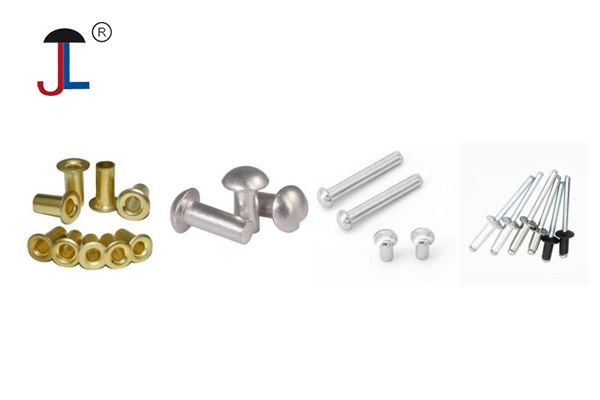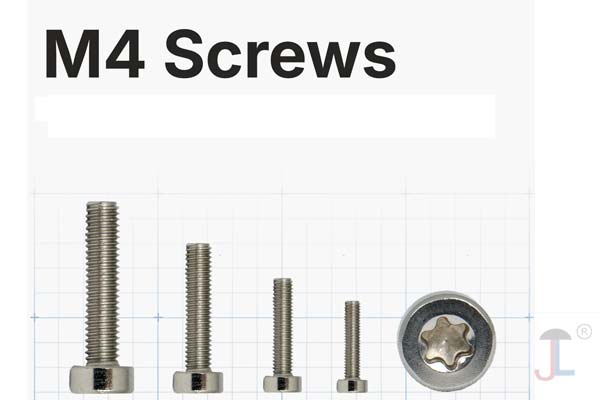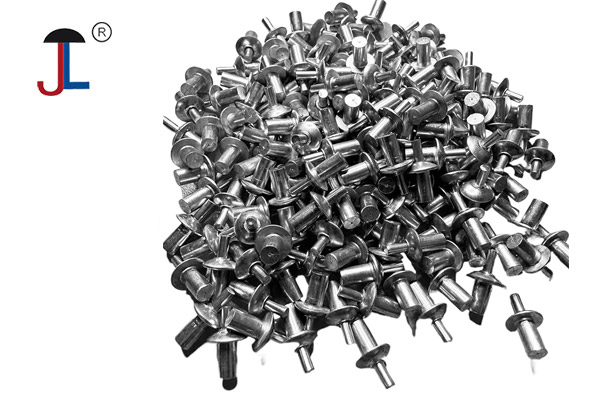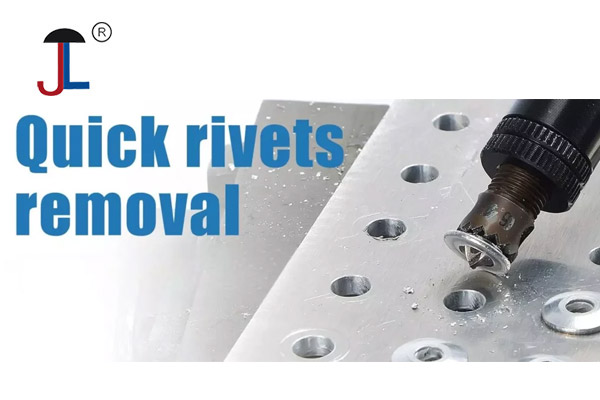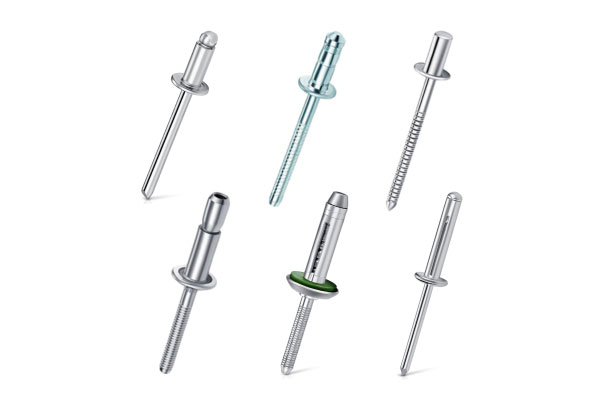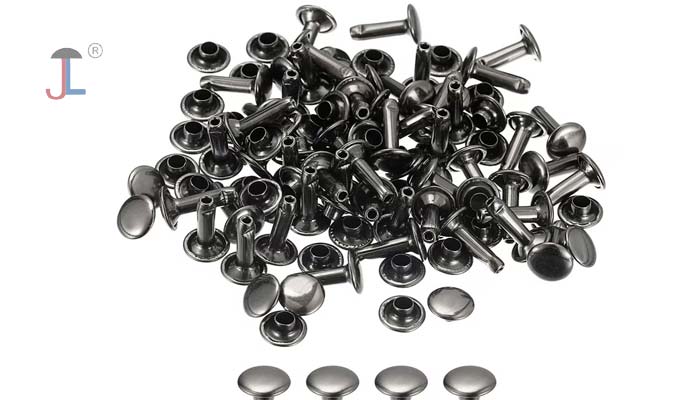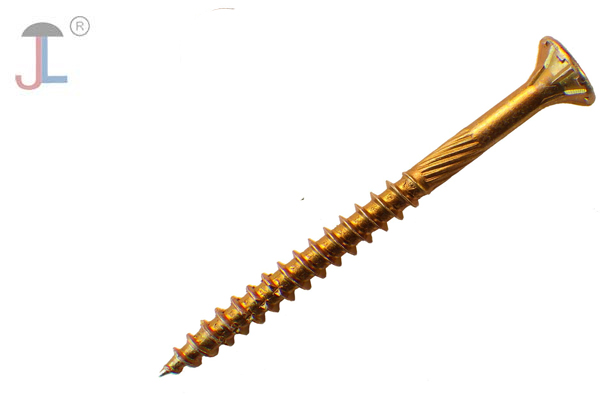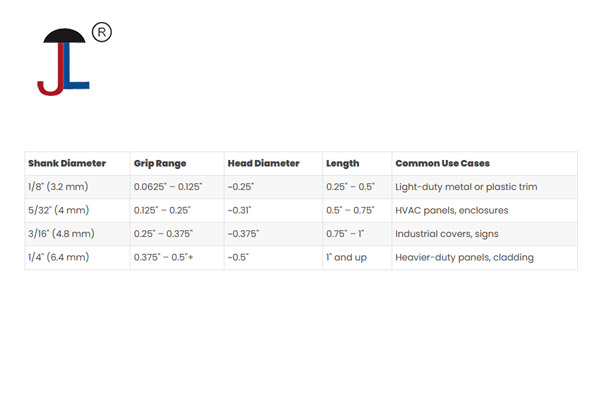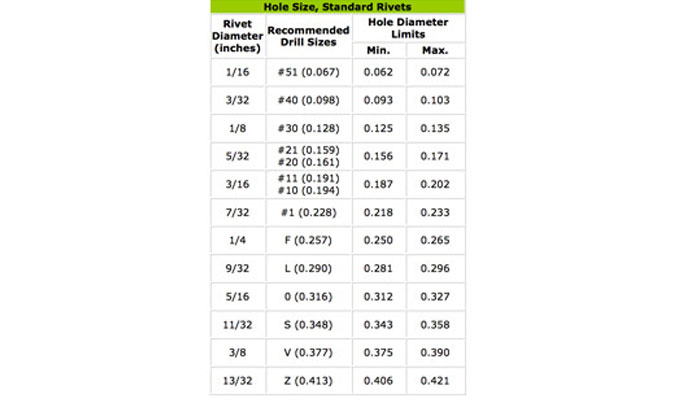A shoulder rivet is a specialized mechanical fastener characterized by a cylindrical shaft with a larger diameter section called the "shoulder" that transitions to a smaller diameter "tenon." This design allows the rivet to act as a precise stop or bearing surface for spacing, pivoting, or hinging between components.
Key features of shoulder rivets include:
- The shoulder provides a smooth, tightly tolerated surface that allows angular movement, alignment, or mechanical linkage.
- The smaller tenon portion is used to secure the rivet firmly in the assembled parts by deforming the end to form a second head.
- Shoulder rivets are often unthreaded with heads on both ends after installation, making them secure and difficult to remove without damaging.
Common applications involve scenarios where precise spacing, pivot points, or movement are required such as in automotive door mechanisms, window assemblies, aerospace control systems, electronics, furniture, and machinery linkages.
Materials used vary, including stainless steel, brass, and aluminum, chosen based on environment and application.
Advantages:
- Precision and tight control of spacing due to the shoulder diameter
- Durability and wear resistance
- Versatility in sizes, materials, and head styles (oval, countersunk, flat)
- Efficient installation for consistent results
Installation involves matching the hole size to the shoulder diameter for a tight fit, inserting the rivet, then deforming the tenon end to hold the rivet and allow the shoulder to serve as a stable pivot or spacer.
Here are the main types of shoulder rivets:
1. Flat Head Shoulder Rivet
- Head shape: Flat, flush top.
- Uses: Applications where a smooth surface is needed after installation, such as panels, furniture, or assemblies requiring a flush finish.
2. Round Head Shoulder Rivet
- Head shape: Dome-shaped.
- Uses: Strong mechanical fastening in machinery, agricultural equipment, and structural joints. The round head offers extra strength and impact resistance.
3. Oval Head Shoulder Rivet
- Head shape: Slightly rounded, low-profile dome.
- Uses: Decorative and functional fastening in consumer products, electronics, and automotive interiors.
4. Countersunk Shoulder Rivet
- Head shape: Angled to sit flush with the surface.
- Uses: Aerospace, automotive bodywork, and precision equipment where flush installation is critical to aerodynamics or aesthetics.
5. Truss Head Shoulder Rivet
- Head shape: Wide, low-profile head with a large bearing surface.
- Uses: Securing softer materials like plastics, leather, or thin sheet metal without pulling through.
6. Specialty / Custom Shoulder Rivets
-
Examples:
- Extra-long shoulder for spacer applications
- Knurled shoulder for anti-rotation
- Stepped shoulder for precise multi-part assembly
- Uses: Tailored to fit specific industry requirements like electronics housings, pivot joints, or mechanical linkages.

